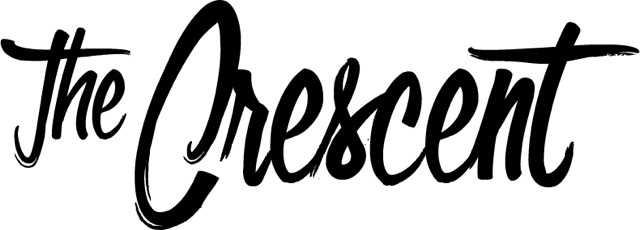The Scholarship Summit: Its Evolution and Inner-workings
Reported By: Benny Schorie
Photo From: georgefox.edu
In late January and February George Fox University (GFU) held its annual Scholarship Summit, an event for admitted incoming freshmen. Each department organizes an event for potential students and awards prizes ranging from $1,000 to $3,000 on top of merit and need-based scholarships. However, this event has significantly evolved to achieve its current state.
According to Associate Director of Undergraduate Admissions for Visits and Engagement, Lauren Hill, this event was originally called the Scholarship Competition and was first held in 2000. It combined the miscellaneous “departmental scholarship processes into one focused, recruitment-oriented event.” However, not all departments participated and only a few students were selected to participate and receive scholarships.
According to GFU’s website in 2009, the 2010 Scholarship Competition included an overnight stay and campus visit. Students who met the admissions deadline could compete for awards in art, engineering, speech and debate, service/leadership, music, science, and theater. Each department had its own criteria, including a minimum GPA requirement, essay questions, and some demonstration of knowledge and ability in the area of study. By 2012, the event had expanded to most majors and included first-, second-, and third-place awards based on event performance.
In 2021, the Scholarship Competition became the Scholarship Summit to include all admitted students regardless of GPA, test scores, and resumes. According to Hill, the event is held “at a critical time in the admissions process as a way for admitted students to engage with faculty, campus, and current and prospective students.” The goal is to host a well-rounded event that encourages all prospective students, regardless of award status, to come to GFU. In its current state, faculty are encouraged to award scholarships to eighty-five to ninety percent of participants.
This shift in name and purpose models the desire to increase accessibility to GFU and financial aid. “After working with focus groups, we determined that changing the name from Scholarship Competition to Scholarship Summit communicated a more inclusive interview experience and reduced some uncertainty amongst students who may have been more intimidated to participate in the past,” said Hill.
If prospective students live within thirty miles of campus or travel without a parent or guardian, students can receive transportation from home, a bus depot, a train station, or the airport. Disability accommodations can also be provided. Furthermore, the creation of the virtual summit honors this commitment to accessibility by removing the barrier of travel.
The Summit events themselves must fit within certain criteria, although departments are free to determine the format. According to Hill, they must extend the “Be Known” promise, help prospective students connect with current students and faculty, create time for the students to experience campus, communicate the value of the academic program, complete group activities within two hours, invite virtual students to campus, and host a department open house. Most departments create goals and a rubric by which to judge the prospective students.
Other universities in the region offer similar programs, but none award as much money to as many students. Pacific University has a similar event and awards $1,000 to every student who attends. However, GFU Scholarship Summit attendees can receive that much from the Visit Experience Scholarship combined with their Scholarship Summit awards. This year GFU awarded $1,325,900 in scholarships to 91 percent of attendees, modeling its institutional mission.
